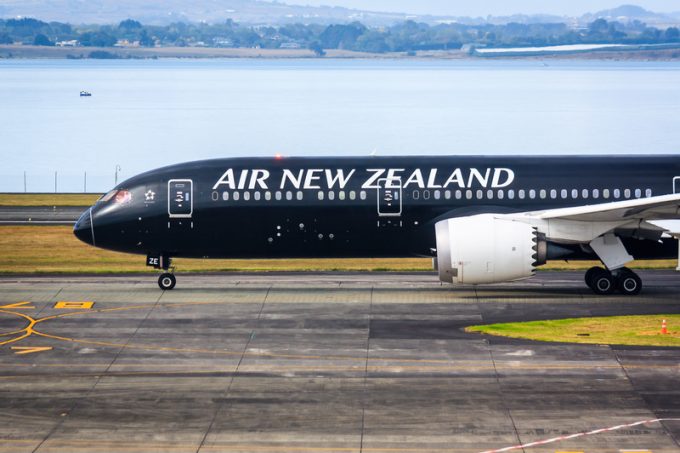Aluminium deal prompts DFDS ro-ro service
Danish ferry and road freight logistics operator DFDS is set to launch a ro-ro freight ...

Container shipping’s capacity crisis is pushing more of New Zealand’s exports to airfreight.
Congestion at troubled Ports of Auckland had already prompted a raft of delays and carrier surcharges for the country’s shippers and now, the bottleneck in South China is causing further headaches, especially for agricultural exporters due to the lack of reefer plugs available at Yantian.
Another challenge is shipping lines bringing cargo into the country but snubbing exports – it’s more profitable to carry empty boxes back to China ...
'Disastrous' DSV-Schenker merger would 'disrupt European haulage market'
New senior management for DSV as it readies for DB Schenker takeover
Volumes set to 'fall off a cliff' as US firms hit the brakes on sourcing and bookings
Asian exporters scramble for ships and boxes to beat 90-day tariff pause
Amazon pushes into LTL for small package fulfilment and UPS does a u-turn
Temporary tariff relief brings on early transpacific peak season
Pre-tariff rush of goods from US to China sees air rates soar, but not for long
Forwarders 'allowing the fox into the chicken run' by supporting 'hungry' carriers

Comment on this article